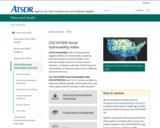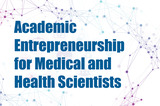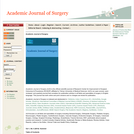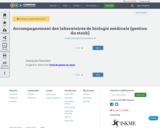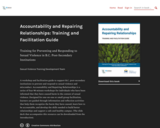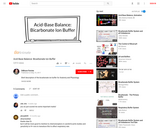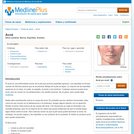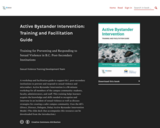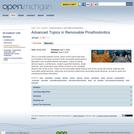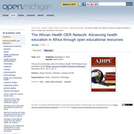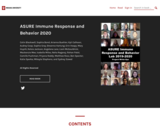
Our class is part of Arts and Sciences Undergraduate Research Experience (ASURE) at Indiana University Bloomington. This program, which is part of the College of Arts and Sciences, includes a two-semester lab experience where students design and conduct their own authentic research projects. All of the projects described in this eBook were designed and carried out by small groups of students in their first through second year of college as part of their course work in the ASURE Immune Response and Behavior Lab. The ASURE class of 2019-2020 certainly faced some unique challenges. In the spring of 2020, we were abruptly sent home to continue our coursework remotely. This interruption reduced the students’ time to collect data in the lab, but gave them the opportunity to learn R and other data analysis skills. In the fall of 2020, all of the students were able to return to campus and continue work on their projects, though there were several interruptions as students were forced to isolate and/or quarantine. Nevertheless, the students were very dedicated and persisted in their work, which is evident in their final projects.
- Subject:
- Applied Science
- Health, Medicine and Nursing
- Material Type:
- Textbook
- Provider:
- Indiana University
- Author:
- Angelena Lara
- Arianna Buehler
- Audrey Coop
- Ben Spector
- Breanna Hartung
- Camille Pushman
- Colin Blackwell
- Erin Heapy
- Isabella Miles
- Katie Sperka
- Kelsie Jackson
- Kyli Calhoon
- Liam McGouldrick
- Mackenzie Mee
- Mary Huynh
- Matthew Ross
- Megan Murphy
- Mikayla Stephens
- Neha Nagaraj
- Priyana Reddy
- Rohan Patel
- Sophia Bond
- Sophie Gray
- Sydney Szwed
- Date Added:
- 12/16/2020
